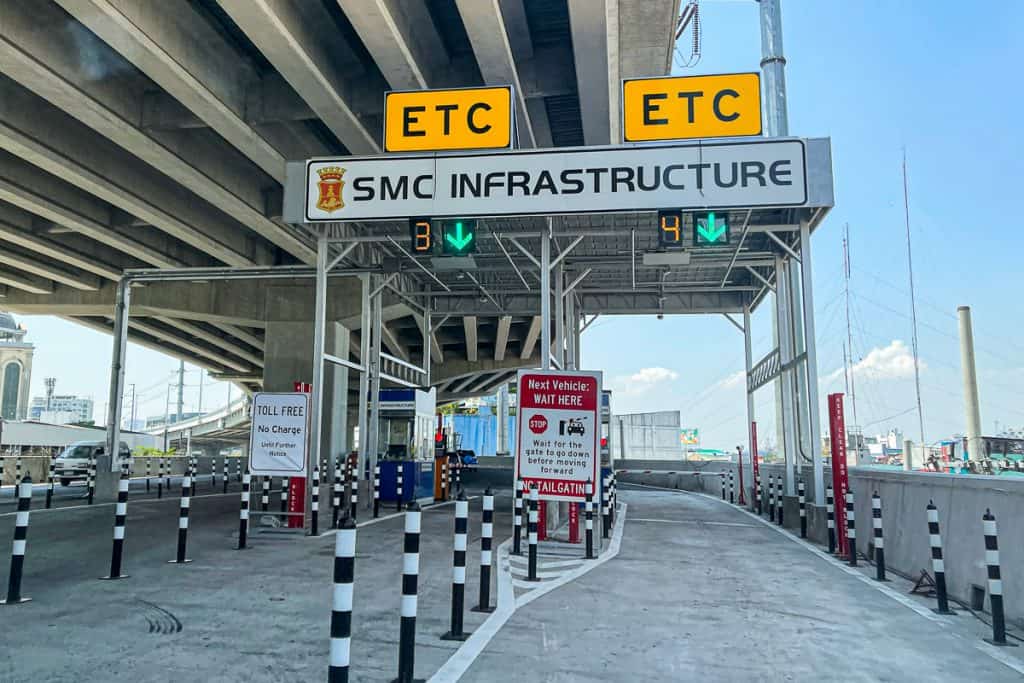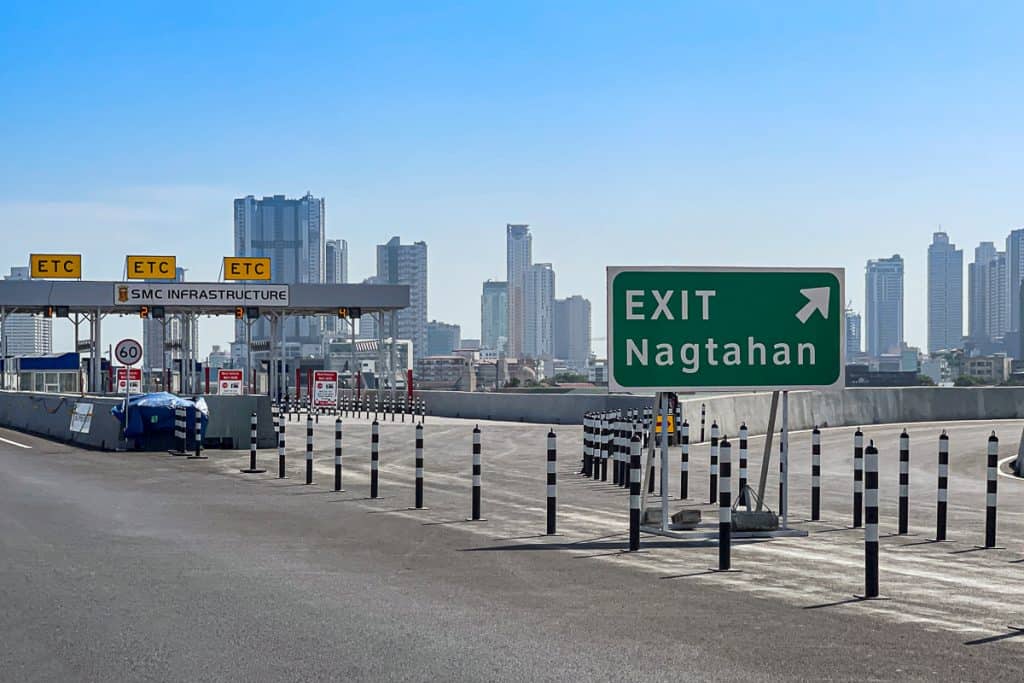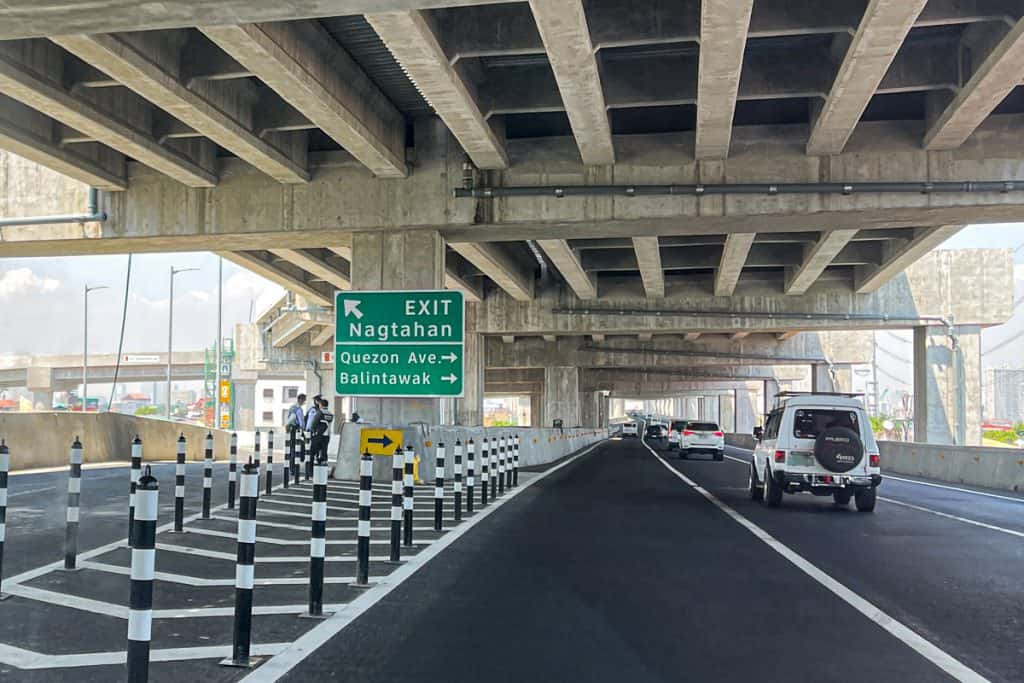I’m a pure-bred Bulakenyo, born and raised just right outside this country’s capital region. As a child, experiencing a really nice restaurant would mean traveling for a good hour or two, but it only got worse when we need to be at the airport. Every trip to NAIA back then was an excursion, hence we developed the discipline to get ready half a day before a flight.
Fast forward to today, a one-way trip from our house in Bulacan to the airport only needs 30 to 45 minutes. Quite ironic, really, considering that reaching NAIA from my current residence in Parañaque will need the same amount of time. More, even.
And that’s all thanks to the Skyway Stage 3 and the NAIA Expressway – both made possible by San Miguel Corporation. The former’s designed to connect the existing Skyway from Alabang to the North Luzon Expressway (NLEX) – an 18.3-km elevated stretch that bypasses three to four cities, further minimizing the travel time from south to north, or vice versa.

On the surface, a faster travel time might be the only benefit that Skyway Stage 3 brings to the table, but the toll road also has underlying advantages that people don’t immediately understand.
A faster thoroughfare for goods and services
Private cars aren’t the only vehicles allowed on the whole stretch of Skyway, including Stage 3. Light commercial vehicles, such as those used by small-medium enterprises (SMEs), can also use the thoroughfare as long as they’re classified as Class 1. Even better, when it gets fully operational, Class 2 and Class 3 vehicles will also be allowed on the toll road, further expanding the type of vehicles that can use the bypass.

That said, the easier ferry of goods from south to north (or vice versa) will be proven advantageous to businesses in and out of the Metro. And of course, flourishing businesses mean a better economy.
Bypass for emergency vehicles
Apart from businesses, the Skyway Stage 3 also works as a bypass for emergency vehicles coming from within Metro Manila then outward to either hospitals in the north or in the south.

With the surge of COVID-19 patients in hospitals within NCR, a quick gateway to nearby provinces with equally capable hospitals is logically useful, and that’s without the pain of having to traverse the dreadful EDSA. In a situation where every second counts, it’s a huge help.
Proposed Bus Rapid Transit
The Skyway system isn’t all about private cars. As early as 2017, SMC has already been toying with the idea of adding a Bus Rapid Transit (BRT) system along the Skyway, spanning from Susana Heights in Muntinlupa City to Balintawak in Quezon City.
This is, of course, in aid of urban development because a developed nation is nothing without great public transportation. The idea of BRT has been refreshed recently with the completion of Skyway Stage 3.

Truth be told, the Skyway Stage 3 is something worthy of its laud. Sure, the proposed toll fees might be steep for some – Buendia to NLEX Balintawak: P264 (Class 1), P528 (Class 2), P792 (Class 3) – but lest we forget that this project was funded by a private company, therefore, its owner has all the right to impose toll fees based on its expenditures and other costs leading to its development.
Yes, the 60-kilometer-per-hour speed limit might sound slow, but for good reasons pointed toward safety. Despite that, it’s still a better road to take rather than EDSA or the other side streets you might encounter within Metro Manila.

